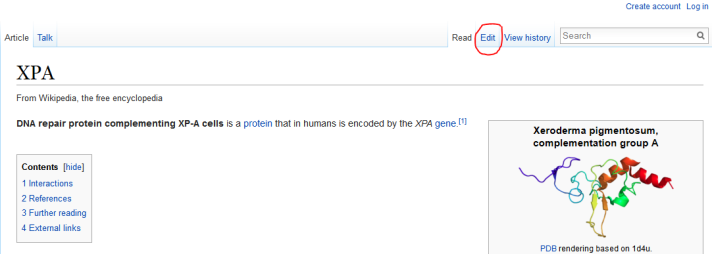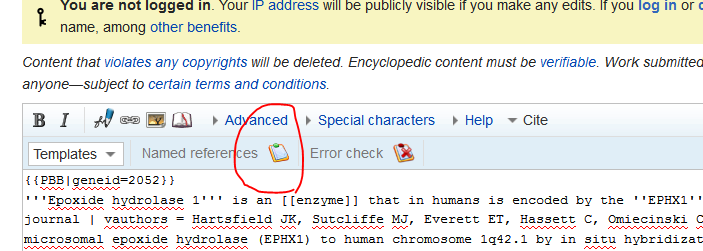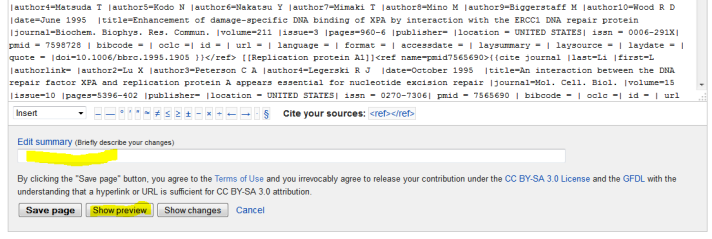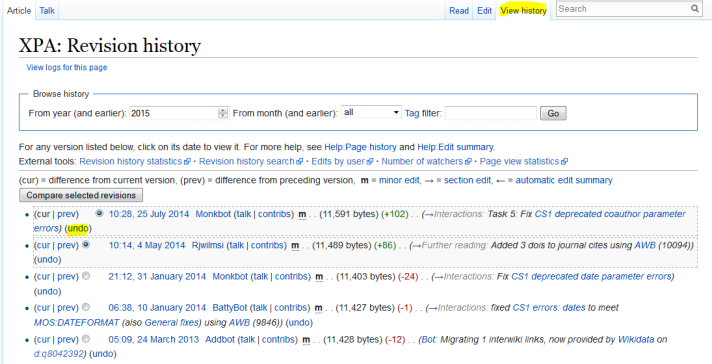Let me clarify one thing from the start: My programming skills are extremely limited.
That said, I was still very curious as to what a hackathon would be like and concerned about whether or not I’d be able to find a project to which I might make some sort of contribution.
2015.05.07
The first night of the hackathon was the meet, greet, and project pitches. Of the 45 or so people that signed up, about 39 of them showed up. Nearly everyone from the Andrew’s lab was there, and quite a number of people from Peipei Ping’s lab at UCLA as well. Illumina, one of the event sponsors was there as well but we’ll get to that later.

A little after 7:00 PM, Greg gave an introduction to the hackathon, thanked the sponsors profusely, before opening the stage up to the project pitches listed below (In bold are ones which had enough interest to move forward–in some form or another–):
- Genome-wide SNP Frequency Visualization
- Create a Big Data API registry
- MyGene.Info plugin to Cytoscape
- Scalable Interactive phylogenetic tree API
- Revamping the Emperor API
- Wikidata to Gene Wiki interface
- PyPI4Bio: The catalogue of Python packages for bioinformatics
- A Python Flask or Django-based webapp for metaproteomics cluster job submission
- FastR: Efficient entity property search system
- Mobile (iOS, Android) Semantic Pathfinder
- Interactive network browser
- Edge Evidence Annotator
- Schema extractor for WikiData
- Bring KaBOB online using ElasticSearch and REST services
- PHapL: Protein Haplotype Library
- 23andUs.com: Dating service that optimizes genetic compatibility between you and your future mate
- A mobile cooperative running app
- Illumina pitch about the use of Facebase
Illumina was a great sponsor in that they not only introduced their Facebase platform, they also made some of their staff available to answer questions about working at Illumina and in the industry in general (apparently they’re hiring.) IMHO they deserve props for that.
I decided to join the Wikidata to Gene Wiki interface project because I’d been working on the GENE/Gene Wiki partnership for the past nine months. Lively discussions about the projects continued past midnight.
2015.05.08
I was excited to learn that Anders (from Peipei Ping’s lab) and Ryan had joined the project. Anders had also been working on the Gene Wiki project and had already updated 60 cardiac protein entries in Wikipedia. Sorry, Anders, I’m going to keep calling it Gene Wiki for now since it was started as part of this grant: The Gene Wiki: Community intelligence applied to gene annotation. Once we start interweaving Wikidata, we should probably start calling it the BD2K wiki.
Immediately, we ran into issues as Wikipedia had a brand new (less than a week old) way of pulling and displaying information from Wikidata; however, it was only usable in a test instance of Wikipedia, and all the items and properties (data) that we wanted to work with were not available in the test instance of Wikidata. In order for Sebastian to run a script that would call wikidata items and properties into the protein box template used by Gene Wiki, we had to either work on the non-test instance of Wikipedia/Wikidata or mirror some of the existing information onto the test site.
After lunch, the entire team got to work manually copying items and properties as well as Gene Wiki pages from the real wiki sites over to the test site. After a limited number of items and properties were mirrored, Sebastian started writing the necessary code from scratch. Initially, we had hoped to fork an instance of the protein bot box or Gene Wiki Generator; however, after inspecting the code we discovered it utilized a bit of java (of which which none of us had sufficient expertise). Meanwhile Anders and I continued to mirror additional properties from the Wikidata site to the test instance of Wikidata. We finished a little after 10:00 PM.
2015.05.09
After breakfast, we set to create our powerpoint for the demo (which came out to be quite pretty.) We finished right before lunch, and the presentations/demo’s started a little after 2:00 PM. The schedule of the presentations is available here, and footage of the presentations are available here. Overall, the amount of work participants completed in such a short period of time was staggering and some of the demos were really cool! Congrats to the first place winner, Heart2heart (which had a working smartphone fitness app by the end of the event), and to the SmartAPI team (2nd place) whose work has incredible potential for solving a lot of Big Data fragmentation issues.





